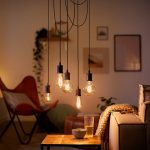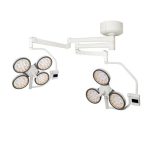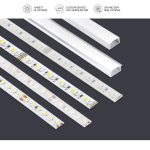Light Up Your Space: A StepbyStep Guide on How to Easily Put Up LED Lights
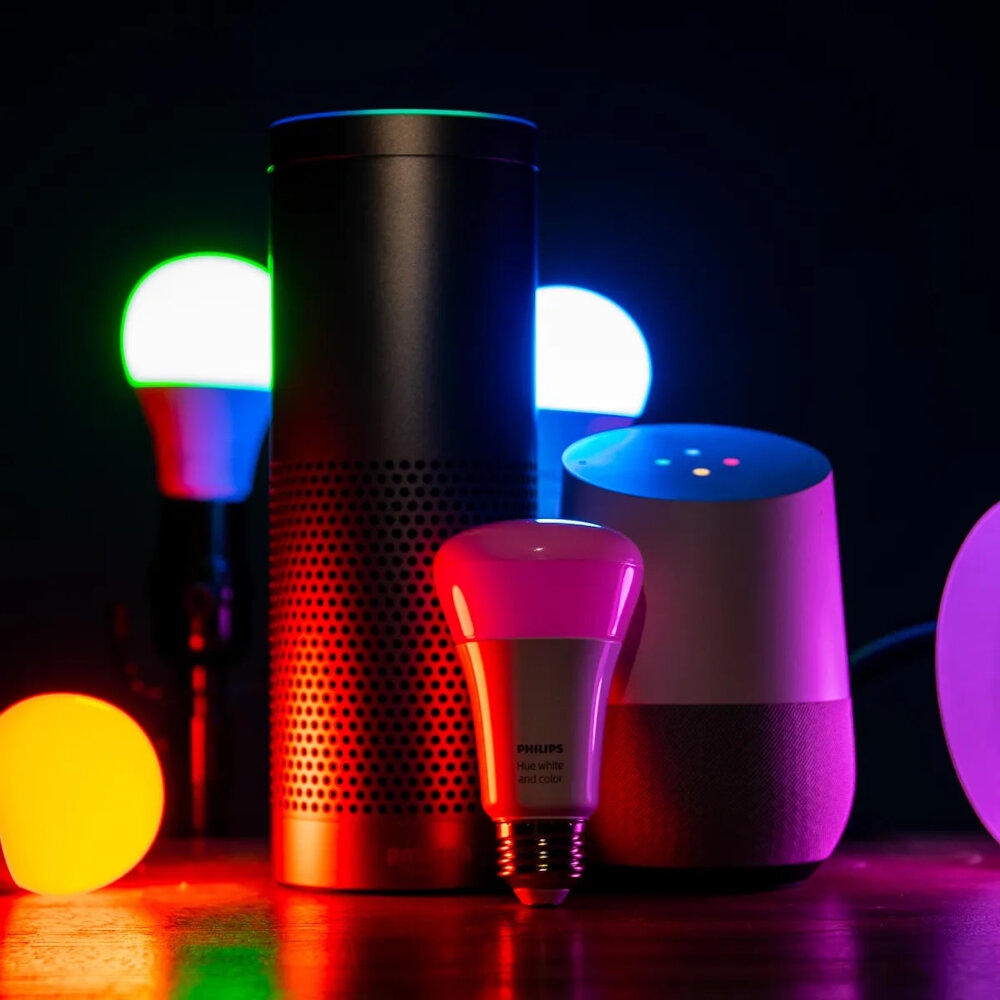
Lighting is an essential aspect of any living space. It not only illuminates the room, but it also sets the mood and ambiance. One popular trend in lighting is the use of LED lights. LED lights are energy-efficient, long-lasting, and can be customized to fit any space. They are perfect for adding a touch of personality to any room. However, putting up LED lights can be intimidating, especially for those who have no experience with electrical work. Fear not! This step-by-step guide will help you easily put up LED lights and transform your living space. With this guide, you will learn everything you need to know about putting up LED lights. From the different types of LED lights available to the tools you’ll need, you’ll be able to confidently tackle this project. We’ll also walk you through the installation process, including how to measure the space, how to plan the layout, and how to attach the lights. Whether you’re looking to add some cozy ambiance to your bedroom or want to create a fun atmosphere in your living room, this guide will help you light up your space with ease. So, let’s get started and brighten up your home with LED lights!
Lighting is an essential element in any space as it can have a significant impact on the overall ambiance and functionality of the area. Proper lighting can make a room feel more spacious, cozy, or even energizing. It can also highlight architectural features, artwork, or furniture pieces, adding depth and interest to the space. On the other hand, poor lighting can make a room feel dull, cramped, or uncomfortable, affecting the mood and productivity of the occupants. Additionally, lighting can also help save energy and reduce costs by using energy-efficient LED lights. Therefore, understanding the importance of lighting and how to choose and install the right type of lighting can help transform any space into a comfortable and functional environment.
LED lights, or light-emitting diodes, are an innovative and energy-efficient lighting solution that is rapidly gaining popularity in homes and businesses around the world. These lights use up to 80% less energy than traditional incandescent bulbs and last up to 25 times longer, making them a cost-effective and environmentally-friendly option. They also emit less heat and UV radiation, making them safer and more comfortable to use. LED lights are available in a wide range of colors and styles, from warm and inviting to bright and bold, making them a versatile and customizable option for any space. Whether you’re looking to add a pop of color to your living room, create a cozy atmosphere in your bedroom, or brighten up your backyard, LED lights are a great choice.
Planning
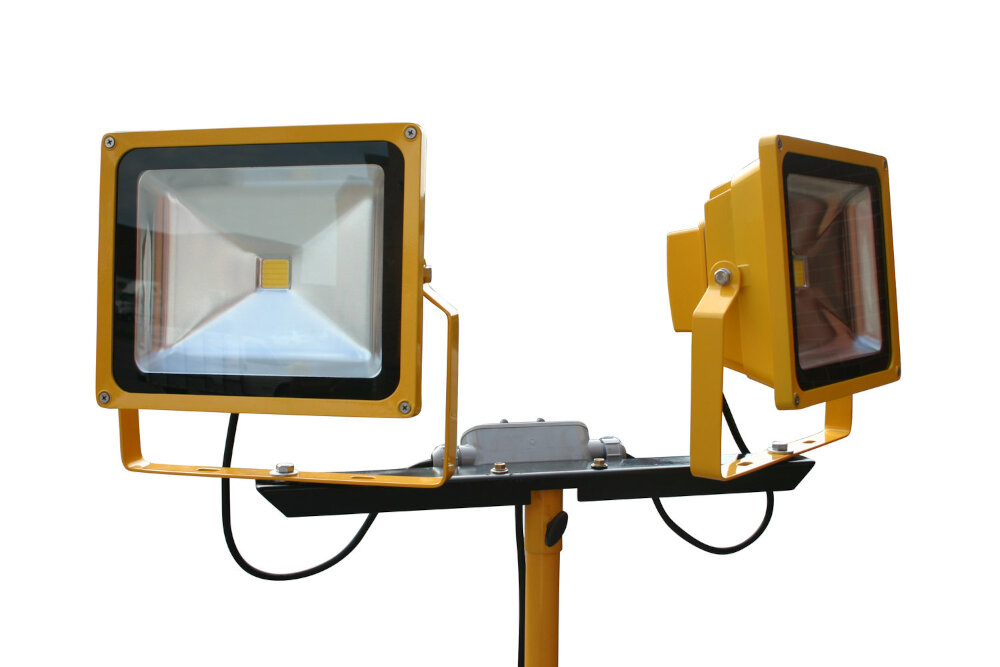
Planning is an essential part of any project, and putting up LED lights is no exception. Before starting the installation, it’s crucial to plan out the design and placement of the lights. Think about the purpose of the lighting and what effect you want to achieve. Are you looking for ambient lighting or a more dramatic effect? Do you want the lights to highlight a particular area or object? Consider the color temperature of the bulbs and how it will affect the mood of the room. It’s also important to measure the length of the space where you’re planning to install the lights to ensure you have the right amount of LED strips or bulbs. Another aspect of planning is identifying the power source for the lights. LED lights typically require low voltage, but you’ll still need to determine where to plug them in. Consider whether you want a wall outlet or an extension cord, and make sure it’s easily accessible. You may also need to use a transformer to convert the power supply to the correct voltage. By taking the time to plan out the design and power supply, you can ensure a successful and safe installation of your LED lights.
Assessing the space you want to light up is an essential step in creating the perfect ambiance for your home or office. Before you start putting up LED lights, take a moment to evaluate the size, shape, and purpose of the space you want to light up. Consider the room’s height, the amount of natural light, the color of the walls, and any existing decor or furnishings. Take note of any areas that require task lighting, such as a desk or kitchen counter, and any areas that need accent lighting, such as artwork or plants. By carefully assessing the space, you can determine the type and amount of LED lights you need to achieve your desired effect.
Setting a budget is an essential step when planning to put up LED lights in your space. Before making any purchases, it is crucial to determine how much you are willing to spend on the project. A budget will help you prioritize the types of LED lights you need, the quantity, and the quality of the products you can afford. It will also help you avoid overspending and ensure that you stay within your means. When setting a budget, consider factors such as the size of the space, the purpose of the lighting, and the overall aesthetic you want to achieve. With a well-planned budget, you can make informed decisions that will help you achieve your goal of creating a beautifully lit space without breaking the bank.
When it comes to choosing the right type of LED lights, there are a few factors to consider. First, think about the color temperature you want for your space. Do you want a warm, inviting glow or a cool, bright light? Next, consider the brightness level you need. If you’re using the lights for task lighting, you’ll want a higher lumen output. If they’re for mood lighting, a lower output may be sufficient. Additionally, look for LED lights with a high color rendering index (CRI) to ensure that your colors look true and vibrant. Finally, consider the shape and size of the bulbs or fixtures you need, as well as any additional features like dimming capabilities or smart technology. By taking these factors into account, you can choose LED lights that will perfectly suit your needs and enhance the ambiance of your space.
Deciding on the layout of your LED lights is an important step in creating a visually appealing and functional space. Before you start, consider the purpose of the lighting, the size and shape of the room, and the overall aesthetic you want to achieve. Do you want to highlight certain features, create ambiance, or provide task lighting? Once you have a clear idea of your goals, you can experiment with different layouts, such as lining the perimeter of the room, creating a focal point with a statement piece, or using multiple layers of lighting for depth and dimension. Don’t be afraid to play around with different options until you find the perfect arrangement that enhances the beauty and functionality of your space.
Preparation
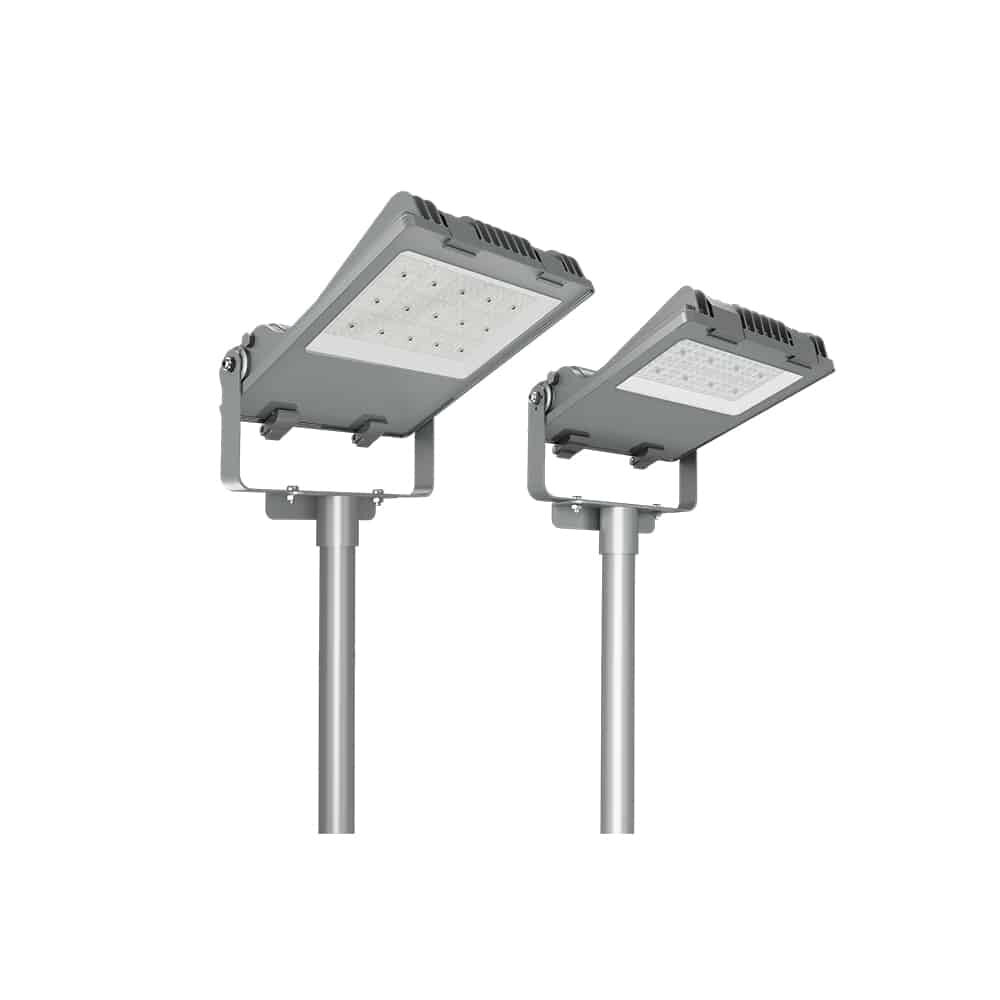
Preparation is a crucial step when it comes to putting up LED lights in your space. Before you begin, it’s essential to gather all the necessary tools and materials. You will need LED lights, power supply, extension cord, cable clips, and a ladder. Make sure you have a clear idea of where you want to put up the lights and measure the length of the area. This will help you determine the number of LED lights you need to buy. You can also plan the design and pattern you want to create with the LED lights. Sketching it out beforehand will help you visualize the end result and make the installation process smoother. Once you have all the materials and a plan in place, it’s time to prepare the area where you will be installing the LED lights. Clear the space of any obstacles or debris that may hinder the installation process. Make sure the surface is clean and dry. If the surface is uneven, you can use adhesive strips or clips to secure the LED lights in place. It’s also important to check the power supply and the extension cord for any damages or defects. This will ensure that the LED lights function properly and safely. Taking the time to prepare adequately will make the installation process much easier and ensure that your LED lights stay securely in place.
Before you start putting up your LED lights, it is important to gather all the necessary tools and materials. This will ensure that you have everything you need to complete the task efficiently and effectively. Some of the tools you might need include a ladder, measuring tape, screws, and a screwdriver. Additionally, you will need the LED lights themselves, as well as any connectors, clips, or mounting brackets required to attach them to your walls or ceiling. It is important to check that you have all the required materials before starting the installation process to avoid any unnecessary delays or interruptions. With all the necessary tools and materials on hand, you can proceed with confidence, knowing that you have everything you need to light up your space.
Before installing LED lights, it’s crucial to measure the space and mark the placement of the lights. This step will ensure that the lights are evenly spaced and will provide adequate lighting for the space. Begin by measuring the length of the area where you want to install the lights and determining how many LED lights you’ll need. Then, mark the placement of the lights on the wall or ceiling with a pencil or marker. It’s essential to make sure the markings are level and evenly spaced to achieve a balanced look. Taking the time to measure and mark the placement of the LED lights before installing them will save time and frustration in the long run.
Before installing LED lights, it’s crucial to test them to ensure they’re working properly. This step may seem unnecessary, but it can save you a lot of trouble in the long run. To begin, plug in the lights and check that each bulb is illuminated. If any bulbs are not working, replace them before installation. Additionally, check the length of the lights to ensure they’re the correct size for your desired location. Once you’ve confirmed that the lights are functioning correctly, you can proceed with the installation process with confidence, knowing that your space will be beautifully illuminated.
Installation
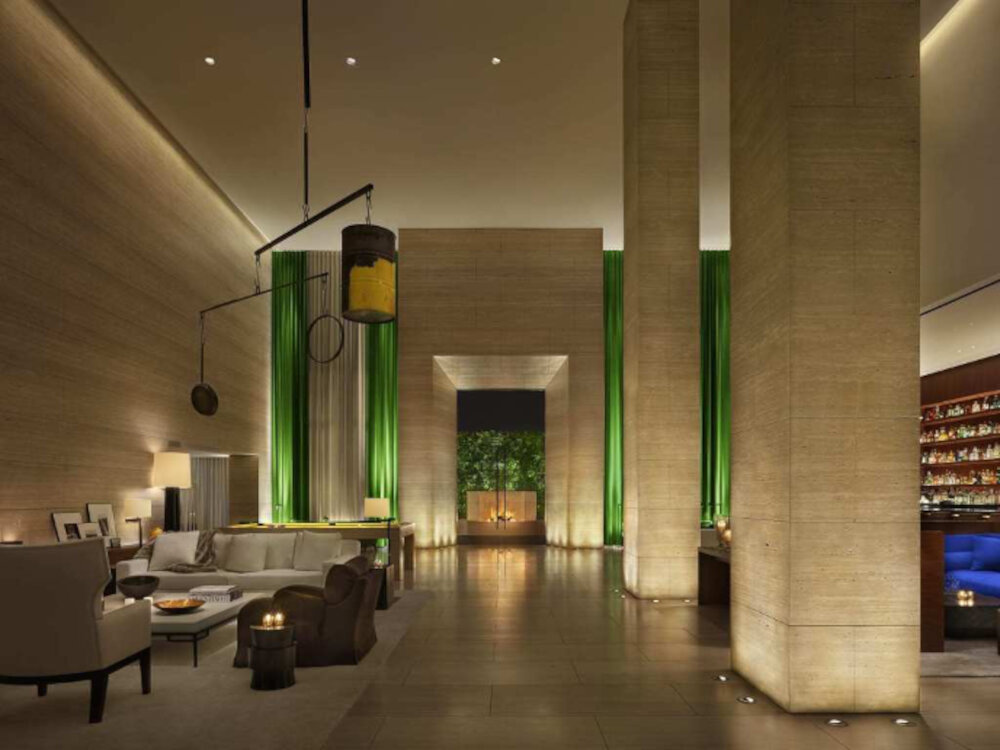
Installation is a crucial part of putting up LED lights in your home or office. Before you begin, ensure that you have all the necessary tools and materials, including your LED light strips, adhesive tape, scissors, and a power source. It’s also important to have a clear idea of where you want to install your lights and how you want them to look. This will help you plan out the installation process and achieve the desired results. When it comes to installation, there are a few key steps to follow. First, measure the length of the area where you want to install the lights and cut your LED strips to the appropriate length. Next, attach the adhesive tape to the back of each strip and carefully place them in the desired location. Once all of the strips are in place, connect the power source and test the lights to ensure that they are working properly. With a little bit of patience and attention to detail, you can easily put up LED lights and create a beautiful and inviting atmosphere in any space.
Before installing LED lights, it’s essential to ensure a dependable power source. Start by locating an electrical outlet near the installation area. Check that the outlet can handle the voltage required by the LED lights you plan to use. If the voltage is insufficient, you may need to install a new electrical circuit or upgrade the existing one. Once you have identified a suitable outlet, turn off the power supply to prevent electrocution accidents. You can then proceed to connect the LED lights to the power source, following the manufacturer’s instructions. Remember to work carefully and methodically to avoid damaging the wiring and to ensure that the power source is correctly installed before moving on to the next step.
Attaching the lights to the surface is a crucial step in the process of illuminating your space with LED lights. To ensure that the lights are securely installed, it is important to clean the surface thoroughly before attaching them. You can use a mild cleaning solution and a soft cloth to remove any dirt, dust, or debris that may be present. Once the surface is clean and dry, you can use adhesive strips, clips, or brackets to mount the LED lights. Make sure to follow the manufacturer’s instructions carefully and test the lights before completing the installation to ensure that they are working properly. With the lights securely attached, you can enjoy a well-lit and inviting space that is sure to impress.
Once you have chosen the perfect spot for your LED lights, it’s time to connect them to the power source. The first step is to make sure that the lights are compatible with the voltage of your power supply. Once you have confirmed this, you can begin the installation process. Start by stripping the ends of the wires that connect the lights to the power source. Then, connect the wires to the corresponding terminals on the power source. Make sure that the connections are secure and that there are no loose wires. Finally, plug in the power supply and turn on the lights to ensure that they are functioning properly. With these simple steps, you can easily light up your space and create a warm and inviting atmosphere.
Securing any loose wires or cables is crucial when it comes to lighting up your space with LED lights. Not only can loose wires be a tripping hazard, but they can also pose a fire risk. To prevent any accidents, it’s important to ensure that all wires and cables are tucked away neatly and secured in place. This can be achieved by using cable ties, clips, or adhesive tape. Additionally, make sure that the wires are not stretched too tightly, as this can cause the insulation to wear down and expose the wires. By taking the time to properly secure your wires and cables, you can ensure that your LED lights will not only look great but also be safe to use.
Finishing Touches
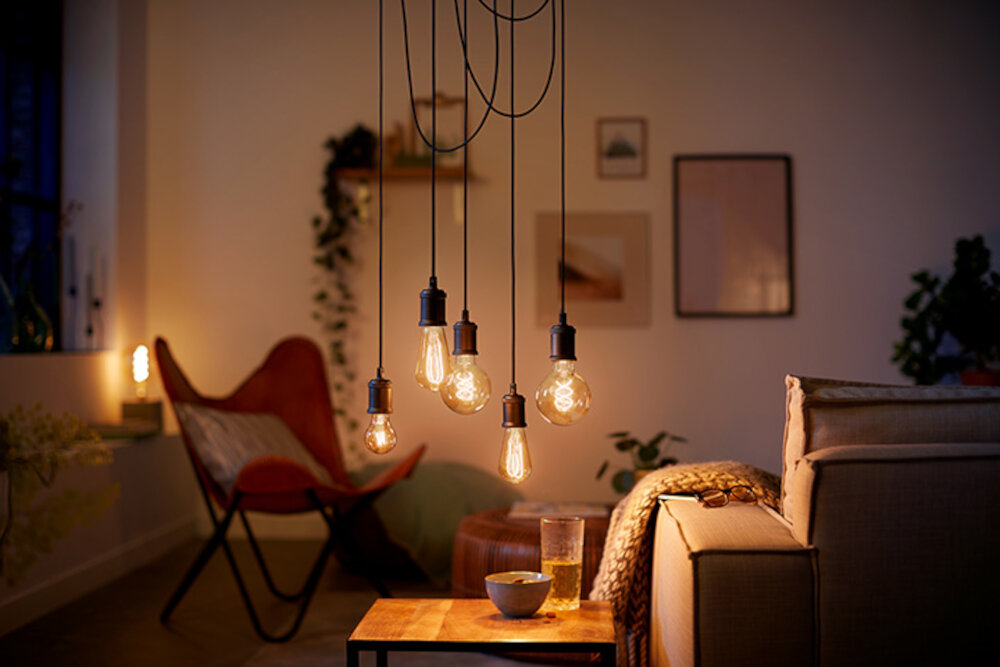
After putting up your LED lights and ensuring everything is working correctly, it’s time to add the finishing touches to your space. One great way to do this is by using accessories to enhance the aesthetic appeal of the room. For instance, you can add a dimmer to control the brightness of the LED lights, making it easy to create the perfect ambiance for any occasion. Alternatively, you can add a timer to automate the lights, ensuring they turn on and off at specific times every day. This can be especially convenient when you’re away from home or want to save energy by not leaving the lights on for extended periods. Another way to add the finishing touches to your space is by using decorations to complement the LED lights. You can use wall art, mirrors, and other decorative items to create an eye-catching display that accentuates the lighting. Additionally, you can use plants or flowers to add a touch of nature to the room, creating a warm and inviting ambiance. Finally, you can use furniture and furnishings to complete the overall aesthetic of the room. With the right finishing touches, you can transform any space into a beautiful and inviting oasis of light and color that you’ll love spending time in.
One of the essential steps in putting up LED lights is concealing the wires and cables. Not only does it make your space look neater and more organized, but it also reduces the risk of accidents due to tripping over wires. There are several ways to conceal wires, such as using conduit pipes, cable covers, or even simply tucking them behind furniture or along the edges of walls. It’s important to plan ahead and ensure that the wires are properly secured and not overloaded to prevent any electrical hazards. With a little bit of effort, you can easily hide the unsightly wires and cables, making your space safer and more aesthetically pleasing.
Once you’ve put up your LED lights, it’s important to adjust the brightness and color to achieve the perfect ambiance. Some LED lights come with a remote control or app that allows you to adjust the brightness and color with ease. If your lights don’t have this feature, you can purchase a dimmer switch or color-changing bulbs to achieve the desired effect. It’s important to consider the function of the space when adjusting the lights. For instance, a brighter light may be more suitable for a workspace, while a warmer color temperature may be better for a bedroom. Experiment with different brightness levels and colors until you find the perfect combination for your space.
Adding additional accessories can be a fun way to customize and enhance the appearance of your LED lights. There are various options available, like remote controls, timers, and dimmer switches, that can help you control your lights more efficiently. You can also use diffusers to soften the brightness of your LEDs or add colored filters to create a different vibe. Cable clips and tape can help you organize your wires and prevent tripping hazards. Additionally, if you want to take your decorations to the next level, you can use decorations like paper lanterns, garlands, or balloons to hang alongside your LED lights. With so many options available, you can create a unique and stunning display that reflects your personality and style.
Lighting plays a crucial role in creating the ambiance of any space. It can affect the mood, productivity, and even health of the people in the room. LED lights have become increasingly popular due to their numerous benefits. They are energy-efficient, long-lasting, and emit less heat. LED lights also come in a wide range of colors, making them perfect for creating different moods and aesthetics. Additionally, they are environmentally friendly, as they contain no harmful materials and can be recycled. Overall, using LED lights not only saves money and energy but also helps create a comfortable and sustainable environment.
Are you tired of the dull and boring lighting in your space? Then it’s time to switch it up with some LED lights! Not only do LED lights brighten up any room, but they also have a longer lifespan and are energy-efficient. Putting up LED lights may seem daunting, but with our step-by-step guide, you’ll have a well-lit space in no time. Plus, you can customize the color and brightness of your LED lights to fit your mood and style. Don’t be afraid to try something new and transform your space with LED lights. It’s a small change that can make a big impact!
Before you start installing your LED lights, make sure to carefully read the manufacturer’s instructions to avoid any mishaps. Check if you have all the necessary tools and equipment, such as a ladder, screws, and a drill, on hand. Plan the layout of your lights and measure the length of the area where you want to install them. It’s also important to turn off the power supply before starting the installation process to ensure safety. When mounting the lights, make sure they are properly secured and positioned evenly. Finally, test the lights to make sure they are functioning properly before turning them on for extended periods. Following these tips and reminders will ensure a safe and successful installation of your LED lights, and will allow you to fully enjoy the benefits of a well-lit space.
Conclusion
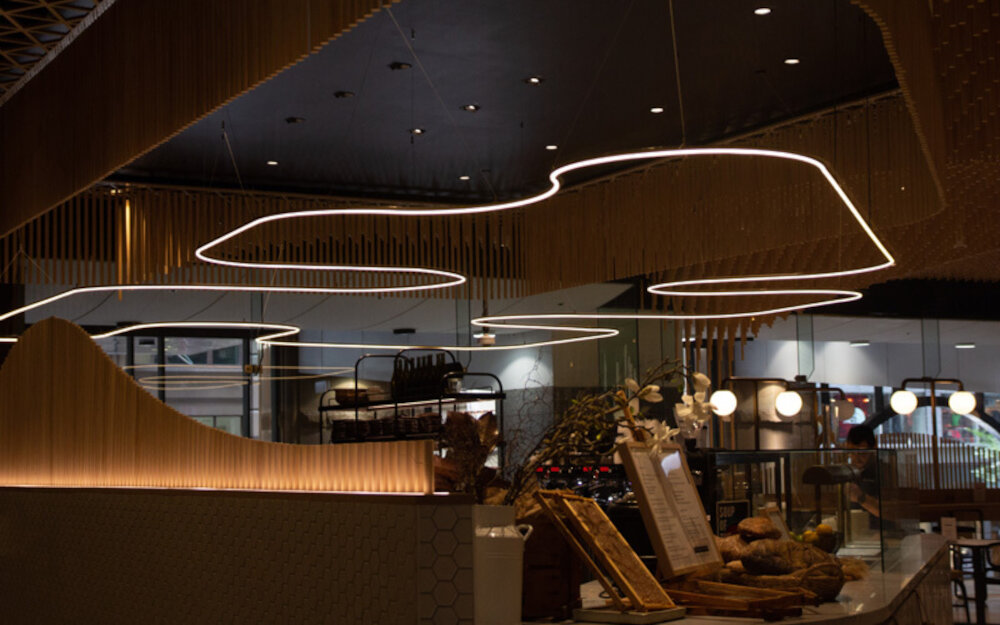
In conclusion, adding LED lights to your space is a simple, affordable, and effective way to enhance the ambiance and create a cozy atmosphere in any room. With the step-by-step guide provided, anyone can easily put up these lights and transform their space in a matter of minutes. Whether you choose to use them for decoration, mood lighting, or task lighting, LED lights are versatile and energy-efficient, making them a great investment for any home or office. So, go ahead and light up your space today and experience the joy and warmth that these beautiful lights bring!

